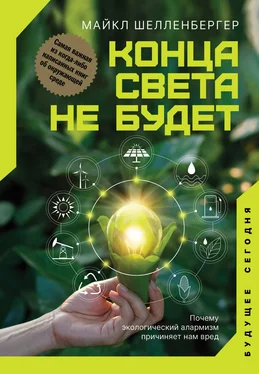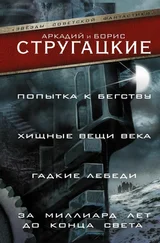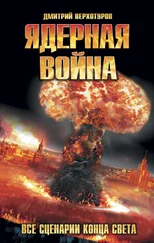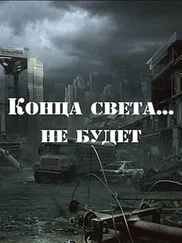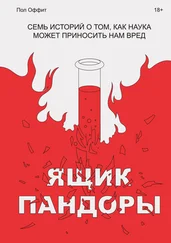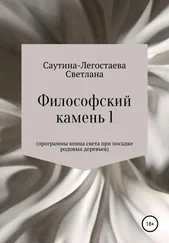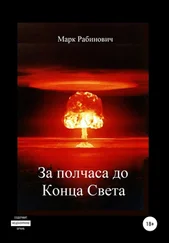“The analyses show that in agriculturally consolidated areas (mainly southern and southeastern Brazil), land-use intensification (both on cropland and pastures) coincided with either contraction of both cropland and pasture areas, or cropland expansion at the expense of pastures, both cases resulting in farmland stability or contraction. In contrast, in agricultural frontier areas (i.e., the deforestation zones in central and northern Brazil), land-use intensification coincided with expansion of agricultural lands. These observations provide support for the thesis that (i) technological improvements create incentives for expansion in agricultural frontier areas; and (ii) farmers are likely to reduce their managed acreage only if land becomes a scarce resource. The spatially explicit examination of land-use transitions since 1960 reveals an expansion and gradual movement of the agricultural frontier toward the interior (center-western Cerrado) of Brazil.” Barretto et al., “Agricultural Intensification in Brazil and Its Effects on Land-Use Patterns: An Analysis of the 1975–2006 Period.”
Bernardo B. N. Strassburg, Agnieszka E. Lataweic, Luis G. Barioni et al., “When Enough Should Be Enough: Improving the Use of Current Agricultural Lands Could Meet Production Demands and Spare Natural Habitats in Brazil,” Global Environmental Change 28 (September 2014): 84–97, https://doi.org/10.1016/j.gloenvcha.2014.06.001.
Philip K. Thornton and Mario Herrero, “Potential for Reduced Methane and Carbon Dioxide Emissions from Livestock and Pasture Management in the Tropics,” Proceedings of the National Academy of Sciences of the United States of America 107, no. 46 (November 2010): 19667–72, https://doi.org/10.1073/pnas.0912890107.
Michael Shellenberger, “An Interview with Founder of Earth Innovation, Dan Nepstad.”
Juliana Gil, Rachael Garrett, and Thomas Berger, “Determinants of Crop-Livestock Integration in Brazil: Evidence from the Household and Regional Levels,” Land Use Policy 59, no. 31 (December 2016): 557–568, https://doi.org/10.1016/j.landusepol.2016.09.022.
LaMont C. Cole, “Man’s Ecosystem,” BioScience 16, no. 4 (April 1966): 243–48, https://doi.org/10.2307/1293563/. Wallace S. Broecker, “Man’s Oxygen Reserves,” Science 168, no. 3939 (June 1970), 1537–38, https://doi.org/10.1126/science.168.3939.1537. Broecker ended his article “Hopefully the popular press will bury the bogeyman it created.” I am grateful to Mark Sagoff for bringing this history to my attention.
Christine Figgener, “Sea Turtle with Straw up Its Nostril–‘NO’ TO PLASTIC STRAWS,” YouTube, August 10, 2015, https://www.youtube.com/watch?v=4wH878t78bw.
Christine Figgener, “Sea Turtle with Straw up Its Nostril–‘NO’ TO PLASTIC STRAWS,” YouTube, August 10, 2015, https://www.youtube.com/watch?v=4wH878t78bw.
Michael A. Lindenberger, “How a Texas A&M Scientist’s Video of a Sea Turtle Soured Americans on Drinking Straws,” Dallas Morning News, July 19, 2018, https://www.dallasnews.com.
Hilary Brueck, “The Real Reason Why So Many Cities and Businesses Are Banning Plastic Straws Has Nothing to Do with Straws at All,” Business Insider, October 22, 2018, https://www.businessinsider.com.
Sophia Rosenbaum, “She Recorded That Heartbreaking Turtle Video. Here’s What She Wants Companies like Starbucks to Know About Plastic Straws,” Time, July 17, 2018, https://time.com.
Jenna R. Jambeck, Roland Geyer, Chris Wilcox et al., “Plastic Waste Inputs from Land into the Ocean,” Science 347, no. 6223 (February 2015): 768–771, http://doi.org/10.1126/science.1260352.
Christine Figgener (sea turtle biologist) in conversation with the author, November 6, 2019.
Chris Wilcox, Melody Puckridge, Gamar A. Schuyler et al., “A Quantitative Analysis Linking Sea Turtle Mortality and Plastic Debris Ingestion,” Scientific Reports 8 (September 2018): article no. 12536, https://www.nature.com/articles/s41598-018-30038-z.pdf. Chris Wilcox, Nicholas J. Mallos, George H. Leonard et al., “Using Expert Elicitation to Estimate the Impacts of Plastic Pollution on Marine Wildlife,” Marine Policy 65 (March 2016): 107–14, https://doi.org/10.1016/j.marpol.2015.10.014.
Christine Figgener (sea turtle biologist) in conversation with the author, November 6, 2019/.
Leandro Bugoni, L’igia Krause, and Maria Virgínia Petry, “Marine Debris and Human Impacts on Sea Turtles in Southern Brazil,” Marine Pollution Bulletin 42, no. 12 (December 2001): 1330–1334, https://doi.org/10.1016/S0025-326X(01)00147-3.
Chris Wilcox, Melody Puckridge, Gamar A. Schuyler et al., “A Quantitative Analysis Linking Sea Turtle Mortality and Plastic Debris Ingestion.”
Iliana Magra, “Whale Is Found Dead in Italy with 48 Pounds of Plastic in Its Stomach,” New York Times, April 2, 2019, https://www.nytimes.com. Matthew Haag, “64 Pounds of Trash Killed a Sperm Whale in Spain, Scientists Say,” New York Times, April 12, 2018, https://nytimes.com. Daniel Victor, “Dead Whale Found With 88 Pounds of Plastic Inside Body in the Philippines,” New York Times, March 18, 2019.
Seth Borenstein, “Science Says: Amount of Straws, Plastic Pollution Is Huge,” Associated Press, April 21, 2018, https://apnews.com.
Michelle Paleczny, Edd Hammill, Vasiliki Karpouzi, and Daniel Pauly, “Population Trend of the World’s Monitored Seabirds, 1950–2010,” PLOS ONE 10, no. 6 (June 2015): e0129342, https://journals.plos.org/plosone/article/file?id=10.1371/journal.pone.0129342&type=printable.
Laura Parker, “Nearly Every Seabird on Earth Is Eating Plastic,” National Geographic, September 2, 2015, https://www.nationalgeographic.com.
Seth Borenstein, “Science Says: Amount of Straws, Plastic Pollution Is Huge.”
Chris Wilcox, Erik Van Sebille, and Britta Denise Hardesty, “Threat of Plastic Pollution to Seabirds Is Global, Pervasive, and Increasing,” Proceedings of the National Academy of Sciences of the United States of America 112, no. 38 (August 2015): 11899–904, https://doi.org/10.1073/pnas.1502108112.
Claudia Giacovelli, Anna Zamparo, Andrea Wehrli et al., Single-Use Plastics: A Roadmap for Sustainability, United Nations Environment Programme, 2018, https://wedocs.unep.org/bitstream/handle/20.500.11822/25496/singleUsePlastic_sustainability.pdf?sequence=1&isAllowed=y, 12.
Susan Freinkel, Plastics: A Toxic Love Story (New York: Houghton Mifflin Harcourt, 2011), 7–8.
Roland Geyer, Jenna R. Jambeck, and Kara Lavender Law, “Production, Use, and Fate of All Plastics Ever Made,” Science Advances 3, no. 7 (July 19, 2017): e1700782, http://advances.sciencemag.org/content/3/7/e1700782.
Jambeck et al., “Plastic Waste Inputs from Land into the Ocean.”
Jambeck et al., “Plastic Waste Inputs from Land into the Ocean.”
Читать дальше
